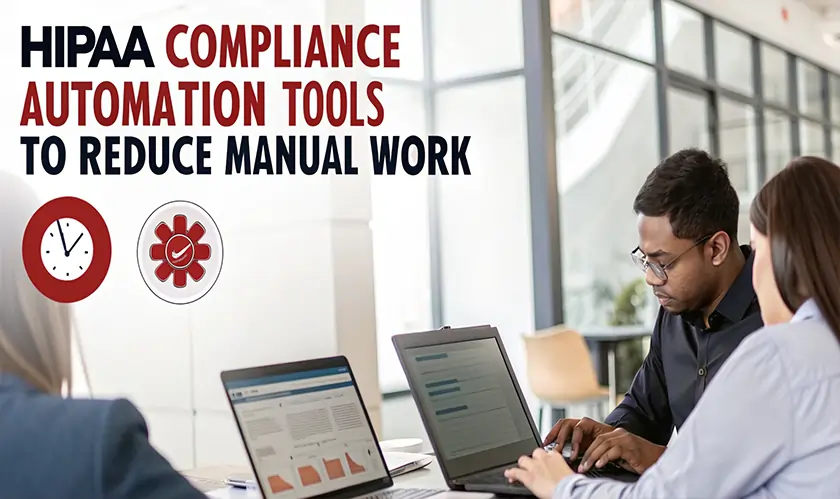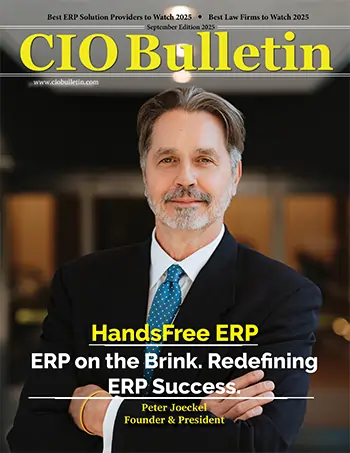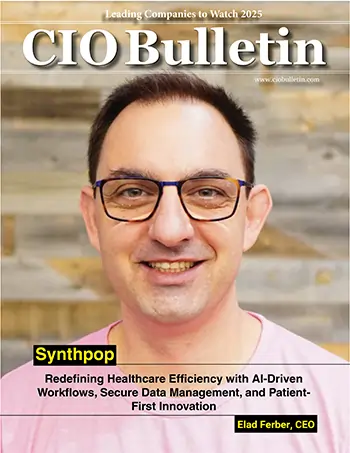Home Technology Automation Top 5 HIPAA Compliance Automat...
Automation

CIO Bulletin
09 October, 2025
Managing HIPAA requirements often creates extra work for healthcare teams. Manual tracking, endless spreadsheets, and repeated checks can slow down daily operations. The right automation tools help reduce that workload while keeping patient data secure and compliance tasks under control.
This article highlights five solutions that simplify compliance management through automation. Each tool addresses different needs, from project oversight and policy templates to risk monitoring and reporting. By learning how these tools function, healthcare organizations can save time, cut down on errors, and stay audit-ready without adding more manual tasks.
ComplyAssistant helps healthcare organizations manage HIPAA and other regulatory requirements in one place. It provides tools for audits, risk assessments, policy tracking, and vendor oversight, which reduces the need for scattered manual work.
The platform supports structured workflows that make it easier to assign tasks, document progress, and track evidence for compliance reviews. This approach helps teams stay organized and ready for audits without relying on paper or disconnected spreadsheets.
Features such as HIPAA-compliant software enable users to streamline risk management and security processes. By centralizing these activities, the software gives staff a clearer view of compliance status across multiple projects.
ComplyAssistant also addresses broader governance and cybersecurity needs. It integrates regulation management with project oversight, which makes it useful for healthcare providers that must follow strict federal, state, and industry standards.
Hyperproof helps teams handle compliance work with less manual effort. It automates control mapping so organizations can connect requirements to the right policies and processes without tracking everything by hand. This reduces errors and keeps compliance tasks more organized.
It also automates control testing, which allows teams to check if security and privacy measures work as intended. By reducing manual checks, the platform saves time and supports more consistent results across audits.
Evidence management often takes the most time in compliance programs. Hyperproof streamlines this by collecting and storing documentation in one place. As a result, teams can show proof of compliance faster and with less back-and-forth.
In addition, the platform integrates with other tools that companies already use. This makes it easier to pull in data, track progress, and prepare for audits without switching between multiple systems.
Drata helps teams manage HIPAA compliance by providing ready-to-use policy templates. These templates save time and give organizations a clear starting point for creating required documentation. As a result, teams can reduce manual drafting and focus more on implementation.
The platform also includes HIPAA-approved employee training. Staff can complete training directly within the system, which keeps records organized in one place. This makes it easier for managers to track progress and confirm that employees meet compliance requirements.
In addition, Drata connects policies and training with other HIPAA controls. This alignment allows organizations to see how each requirement fits into the broader compliance framework. Therefore, teams gain a clearer view of their progress and can identify gaps more quickly.
By combining templates, training, and control mapping, Drata creates a structured process for meeting HIPAA standards. This approach reduces repetitive work and gives companies a single source for compliance evidence.
Nintex helps healthcare organizations cut down on repetitive manual work by automating HIPAA reporting. It reduces the need for staff to track compliance tasks by hand, which lowers the chance of errors and saves time. This makes it easier for teams to stay aligned with regulatory requirements.
The platform supports workflow automation that organizes compliance data into clear reports. As a result, staff can access accurate information faster and respond to audit requests with less effort. This also helps reduce delays that often come with manual reporting.
In addition, Nintex integrates with existing processes to simplify compliance tracking. Teams can set up automated reminders and documentation steps that keep records consistent. This creates a smoother process for maintaining HIPAA compliance without adding extra administrative burden.
By using automation, organizations gain more control over how compliance tasks are managed. They can focus resources on patient care while still meeting HIPAA standards in a structured and efficient way.
Scytale provides healthcare organizations and their partners with tools that automate many of the manual steps in HIPAA compliance. It helps teams track requirements, collect evidence, and prepare for audits with less manual effort. This reduces the chance of missed tasks that can lead to compliance gaps.
The platform uses automation to handle documentation and risk assessments. Instead of relying on spreadsheets or scattered files, users can manage policies and audit records in one place. This makes it easier to stay consistent and organized throughout the compliance process.
Scytale also supports continuous monitoring of security controls. By highlighting risks in real time it allows teams to address issues before they grow into larger problems. As a result, organizations can maintain stronger oversight of their compliance posture.
In addition, the system simplifies communication between compliance teams and auditors. Clear reporting tools help demonstrate adherence to HIPAA requirements without the need for lengthy manual preparation. This saves time and allows staff to focus on core operations.
Automation tools help healthcare teams cut down on manual work, reduce errors, and maintain compliance more efficiently. They provide features such as real-time monitoring, policy enforcement, and audit support that make daily operations smoother.
Each solution offers different strengths, but the main goal stays the same: protect patient data while keeping processes simple and consistent.
By adopting the right tool, organizations can save time, lower costs, and stay prepared for audits without adding extra burden to staff. This approach allows teams to focus more on patient care and less on administrative tasks.







